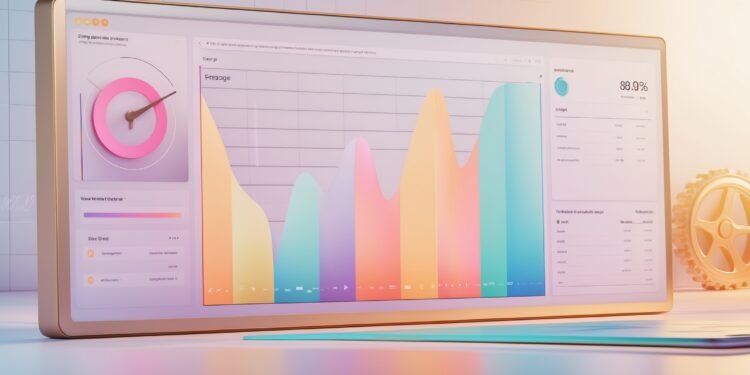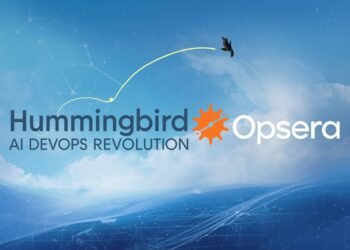In today’s competitive digital economy, the speed and quality of software delivery can make or break an organization. Enterprises that can rapidly deploy reliable software are better positioned to innovate, respond to customer needs, and capture market opportunities. But how do you measure—and more importantly, improve—software delivery performance in a meaningful way?
That’s where DORA comes in.
Developed by the DevOps Research and Assessment (DORA) team, now part of Google Cloud, the DORA metrics have become the gold standard for assessing software delivery performance. They offer a framework that not only helps teams benchmark their current performance but also identify specific areas for improvement. When implemented strategically, DORA can transform software development from a guessing game into a data-driven engine of innovation.
The Four DORA Metrics: A Quick Overview
At the core of the DORA model are four key metrics that measure the effectiveness and efficiency of software delivery:
- Deployment Frequency (DF):
How often does your team successfully deploy code to production?
High-performing teams deploy often, from multiple times per day to once per week. - Lead Time for Changes (LT):
How long does it take for a code commit to reach production?
Lower lead times mean faster iteration, quicker feedback, and improved agility. - Change Failure Rate (CFR):
What percentage of deployments result in service degradation or require remediation?
A low CFR indicates stability and quality in releases. - Mean Time to Recovery (MTTR):
How quickly can you recover from a failure in production?
The faster you recover, the more resilient your systems are.
These metrics, when viewed together, give a comprehensive snapshot of a team’s DevOps performance and their ability to balance speed, stability, and reliability.
Why DORA Metrics Matter
Unlike traditional productivity metrics like lines of code or hours worked, DORA focuses on outcomes, not outputs. This makes it especially useful for modern software organizations that embrace Agile and DevOps practices.
By measuring both speed (DF, LT) and stability (CFR, MTTR), DORA creates a balanced scorecard that encourages teams to move fast without breaking things.
Organizations using DORA metrics have reported:
- Increased developer satisfaction and autonomy
- Higher release quality
- Faster innovation cycles
- Reduced incidents and downtime
In short, DORA metrics help teams build better software, faster—and with fewer surprises.
How to Optimize Delivery with DORA
Simply tracking metrics isn’t enough. To truly optimize performance, organizations must embed DORA into their culture, processes, and toolchains.
1. Baseline Your Performance
Start by collecting data across the four metrics using your existing DevOps tools—CI/CD pipelines, version control, incident management platforms, etc. Tools like Google Cloud’s DORA dashboard, GitLab, GitHub Actions, and CircleCI can help automate this.
2. Identify Bottlenecks
Are long lead times being caused by inefficient testing? Is a high change failure rate tied to poor staging environments? Use your metrics to pinpoint friction areas in your delivery pipeline.
3. Invest in Automation
To improve Deployment Frequency and Lead Time, invest in automated testing, continuous integration, and continuous deployment (CI/CD). Reducing manual steps shortens delivery cycles and increases reliability.
4. Improve Feedback Loops
Faster feedback from code reviews, automated tests, and real-time monitoring helps developers detect and resolve issues early—improving both quality and confidence.
5. Strengthen Incident Response
Reducing MTTR means improving observability, alerting, and incident response. Ensure on-call teams are well-equipped, and post-incident reviews feed insights back into development.
6. Make It a Team Sport
DORA success isn’t just about developers. Involve QA, operations, security, and product teams to collaborate on system health and delivery performance. Shared goals foster shared ownership.
DORA in Action: Driving Real-World Results
Companies that embrace DORA often see dramatic improvements. For example:
- A retail enterprise cut lead time from 2 weeks to 1 day by implementing CI/CD and automated testing.
- A fintech startup improved change failure rate by 40% after shifting from manual to automated rollbacks.
- A global SaaS company reduced MTTR by half through better logging, monitoring, and on-call practices.
These improvements don’t just benefit the engineering team—they accelerate time-to-market, reduce operational risk, and enhance customer satisfaction.
Conclusion: From Metrics to Momentum
DORA isn’t just a reporting tool—it’s a framework for continuous improvement. By measuring what matters, organizations can align development practices with business goals, reduce waste, and build a culture of accountability and innovation.
In an industry where speed and quality are non-negotiable, DORA offers a proven path forward. Whether you’re a startup trying to scale fast or an enterprise modernizing legacy systems, embracing DORA can help unlock your team’s full potential.


















